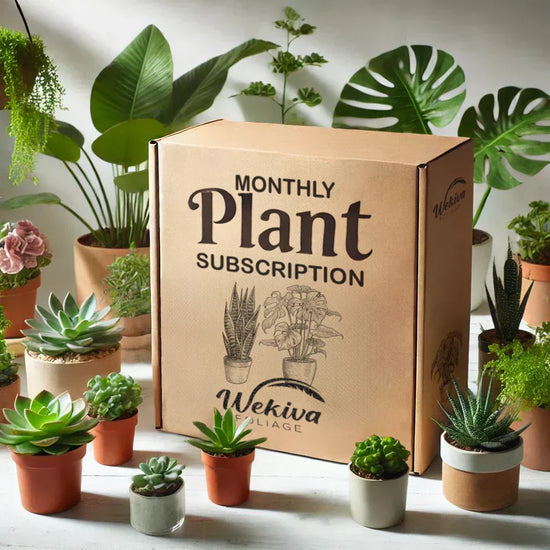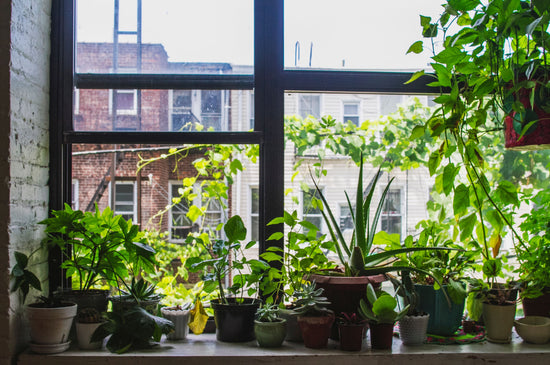Clematis: How to Train
Clematis vines are among the most versatile climbers in the gardening world, known for their stunning flowers and ability to scale a variety of structures. While clematis is a natural climber, it often requires guidance to attach properly and grow into a neat, controlled display. Proper training ensures that your clematis creates a striking vertical presence, enhancing everything from trellises to pergolas.
Why Training Clematis is Important
- Encourages Proper Growth: Without training, clematis vines can become tangled or grow unevenly, diminishing their aesthetic appeal.
- Prevents Damage: Guided growth reduces stress on stems and helps prevent breakage from wind or weight.
- Maximizes Bloom Display: Training ensures flowers are evenly distributed, creating a more spectacular visual impact.
How Clematis Climbs
Clematis vines climb using their leaf petioles—small, flexible stems that attach leaves to the main vine. These petioles coil around supports, helping the plant ascend vertical structures. Unlike plants with tendrils or adhesive pads, clematis needs thin supports to grip effectively.
Step-by-Step Guide to Training Clematis
-
Install a Support Structure
- Choose a structure appropriate for the clematis variety. Options include:
- Trellises: Ideal for small to medium-sized clematis.
- Arbors and Pergolas: Perfect for large, vigorous varieties.
- Wire Mesh or Netting: Great for fences or walls.
- Ensure the support is sturdy and installed at planting time to avoid disturbing the roots later.
- Choose a structure appropriate for the clematis variety. Options include:
-
Position the Plant Correctly
- When planting, position the clematis vine about 6–12 inches away from the support structure. This prevents overcrowding at the base and allows the stems to spread evenly.
-
Guide the Vines
- As the clematis grows, gently guide the stems toward the support. Use soft ties, garden clips, or twine to secure the stems loosely to the structure. Avoid tying too tightly, as this can damage the stems.
-
Encourage Even Coverage
- Space the stems evenly across the support to prevent overlapping and tangling. This creates a balanced display of flowers.
- For horizontal growth, train stems along wires or horizontal bars by tying them gently in place.
-
Prune to Promote Growth
- Prune weak, dead, or damaged stems to focus energy on healthy growth. Pruning also helps prevent overcrowding and keeps the plant manageable.
-
Monitor Regularly
- Check the plant every week during the growing season to ensure the vines are attaching properly. Adjust ties or reposition stems as needed to maintain an orderly growth pattern.
Best Structures for Training Clematis
- Trellises and Obelisks: Use for compact varieties like Clematis ‘Bijou’ or Clematis integrifolia.
- Arbors and Pergolas: Ideal for vigorous types like Clematis montana or Clematis armandii.
- Fences and Walls: Attach clematis to wire mesh or horizontal supports for even coverage.
Tips for Training Clematis
- Start Early: Begin training your clematis as soon as it starts growing in spring. Young stems are more flexible and easier to guide.
- Use Soft Ties: Avoid damaging the stems by using soft materials like garden tape or padded plant ties.
- Check the Support Size: Clematis petioles can only grip thin supports (1 inch or less in diameter). Larger structures may require additional netting or wires.
- Combine with Companion Plants: Pair clematis with climbing roses or shrubs for a layered, dynamic display.
How to Train Clematis for Specific Structures
-
Trellis or Arbor
- Position the clematis so it grows evenly up both sides of the structure. Train stems diagonally to cover the area uniformly.
-
Fence or Wall
- Attach horizontal wires or netting to the fence or wall to provide a gripping surface. Train stems horizontally or in a fan shape for full coverage.
-
Tree Climbing
- Vigorous clematis varieties can climb trees naturally. Guide the base of the vine to the trunk, and the plant will attach itself as it grows.
Challenges and How to Overcome Them
- Tangling Stems: Overlapping vines can lead to uneven growth. Prune regularly and guide stems to prevent tangling.
- Broken Stems: Wind or improper ties can cause breakage. Secure stems loosely and provide wind protection if needed.
- Poor Attachment: If the clematis struggles to attach, add additional netting or wires to the support structure.
Explore clematis varieties that are easy to train in our Clematis Collection.
FAQ: Clematis How to Train
Q: Do all clematis varieties need training?
A: Yes, while clematis vines are natural climbers, they often need guidance to attach to supports effectively.
Q: Can I train clematis to grow horizontally?
A: Absolutely! By tying stems to horizontal wires or supports, you can create a unique lateral growth pattern.
Q: What’s the best way to secure clematis stems?
A: Use soft garden ties, twine, or clips to secure stems loosely to avoid damaging them as they grow.
Q: Can clematis grow without a support structure?
A: While clematis can sprawl along the ground, it thrives and flowers best when trained to climb a structure.





